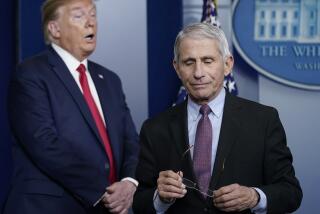Science and Secrecy
For several years now, the federal government has skirmished with scientists over the open communication of unclassified research that has potential military value. The government has ordered that papers on lasers and optics, for example, not be presented at meetings where foreigners were present, even though the work was officially unclassified.
Now the Reagan Administration has decided that it will ease these restraints and adopt a policy that was recommended by a panel of the National Academy of Sciences in 1982. That committee, under the chairmanship of Dale R. Corson, reviewed the governmentâs claims of damage to the national security by so-called âtechnology leakageâ and concluded that strict classification should be maintained over a small number of areas and that everything else should be open. The White House has wisely agreed and is dropping its efforts to establish a new area in between classified and open--unclassified but restricted.
This is a most welcome development. American science leads the world precisely because it is open. Researchers here benefit from the free exchange of ideas with their colleagues, and scientists in totalitarian countries are hamstrung by layers of secrecy that stifle creativity and inhibit thought.
The test of the Administrationâs new policy will come in how it is implemented. There is still the chance that in attempting to limit what the Soviets can learn from American science too much will be classified. Those in the government who see a threat to national security will continue to try to keep things from the Soviets. The Administration is continuing its efforts to limit the access of scientists from communist countries to the four national super-computer centers now being set up.
But at least the White House demonstrates that it now understands the issue and that it recognizes the danger to American science in demanding secrecy instead of openness.






